Maya Cryptocurrency – Guides, Reviews, and Airdrop News
When working with Maya cryptocurrency, a blockchain‑based digital asset that aims to blend social media incentives with decentralized finance. Also known as MAYA token, it powers a network of creators, rewards content engagement, and can be traded on multiple platforms, you’ll quickly see how it connects to DeFi, decentralized finance tools that let users earn, lend, and swap without a middle‑man and to the world of crypto airdrop, free token distributions that boost community growth and raise awareness. To actually move Maya tokens, you need a reliable crypto exchange, a platform where you can deposit, trade, and withdraw digital assets. In short, Maya cryptocurrency sits at the crossroads of token economics, community rewards, and on‑chain finance.
Why Maya matters for creators and investors
First, the token’s design ties social activity to real monetary value. Every like, share, or comment can generate a small amount of Maya, turning ordinary engagement into a yield source. That’s a classic DeFi feature – you earn while you stay active – but applied to social media. Second, the project frequently launches airdrop campaigns that hand out extra tokens to early adopters, which helps jump‑start liquidity and spreads the user base. Third, because Maya is listed on several crypto exchange platforms, you can swap it for stablecoins, Bitcoin, or other altcoins in seconds, giving you flexibility to lock in profits or diversify.
From an investor’s angle, the tokenomics include a capped supply, a burn mechanism that reduces circulating numbers over time, and staking options that boost passive income. The burn rate acts like a deflationary pressure, similar to how Bitcoin’s halving reduces new supply. Staking, on the other hand, is a pure DeFi move: lock your Maya, earn rewards, and help secure the network. Both mechanisms influence the token’s market dynamics and are often highlighted in the post collection below.
Regulatory awareness also plays a part. Many jurisdictions treat social‑token projects as securities, so compliance with KYC and AML rules on a crypto exchange becomes crucial. If you plan to trade Maya on a regulated platform, you’ll need to verify your identity and keep transaction records – a step that mirrors the advice found in our guides on crypto regulations in India and Nigeria.
Security can’t be ignored either. Smart contracts that manage rewards and staking are prime targets for rug pulls. Our deep‑dive articles explain how to audit a contract, spot red flags, and use tools like block explorers to verify that the Maya token code matches the official repository. Knowing these basics helps you avoid the pitfalls that have plagued other meme‑style tokens.
Finally, community sentiment drives much of Maya’s price movement. Social media chatter, Telegram polls, and Discord activity often precede spikes or drops. By monitoring these signals, you can anticipate airdrop announcements, new feature launches, or partnership deals that could push the token higher.
All of these angles—DeFi earnings, airdrop opportunities, exchange trading, regulatory compliance, and security checks—are covered across the articles in this tag archive. Whether you’re a creator wanting to monetize content, a trader hunting the next breakout, or a developer looking to build on Maya’s SDK, you’ll find practical steps, real‑world examples, and up‑to‑date data to act on.
Ready to dive into the specifics? Below you’ll discover detailed guides on how Maya integrates with DeFi protocols, step‑by‑step airdrop claim processes, exchange reviews that rank platforms for Maya trading, and security checklists that keep your tokens safe. Explore the collection and start turning social engagement into real value today.

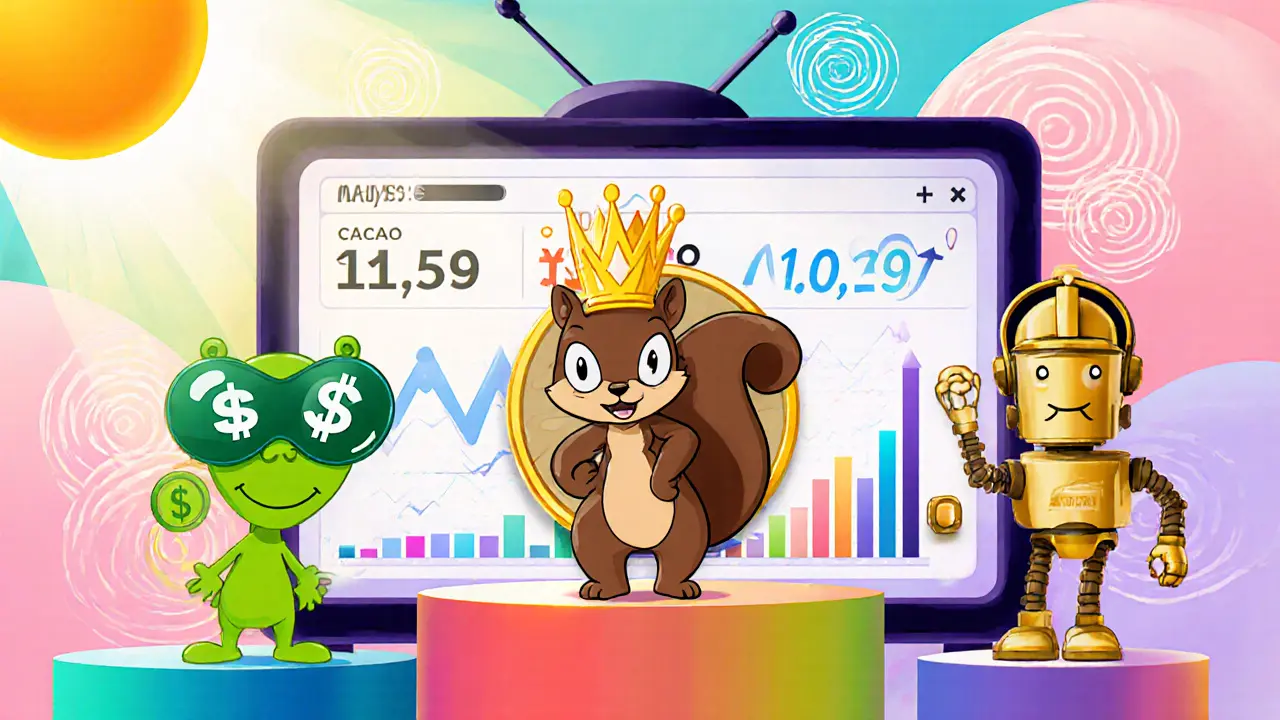
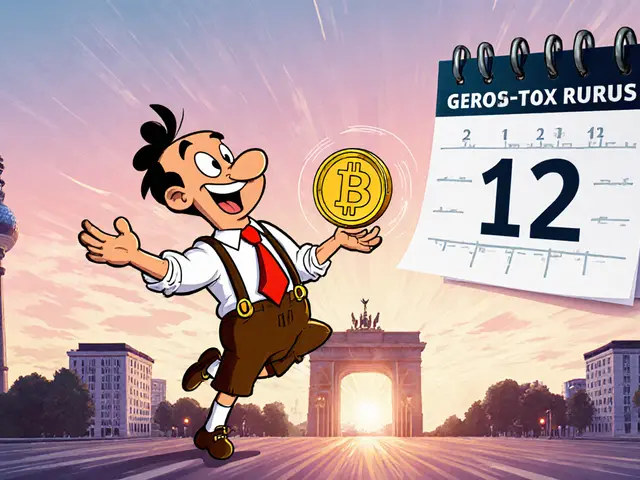
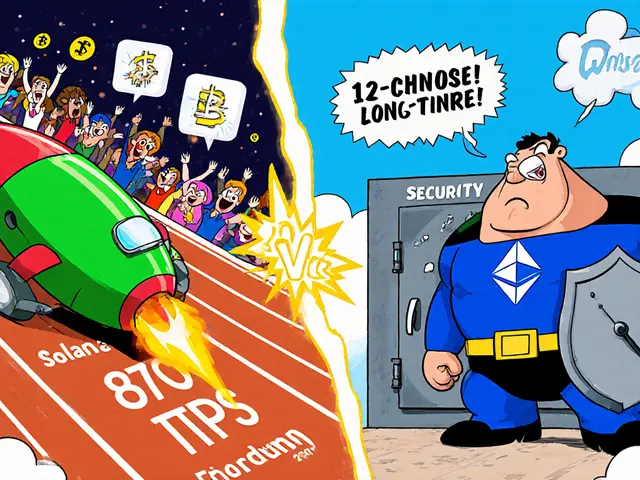
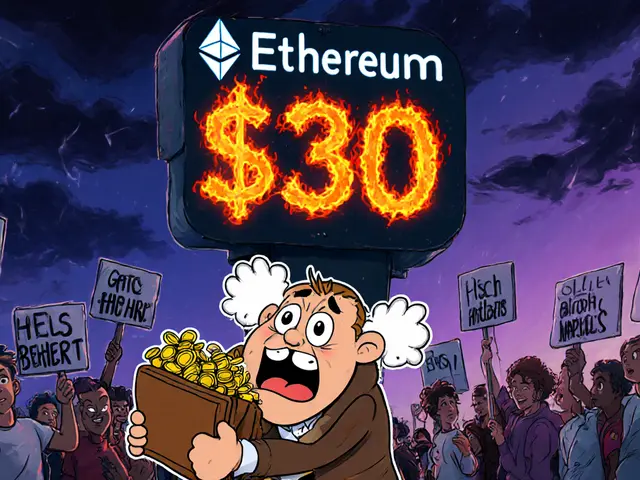
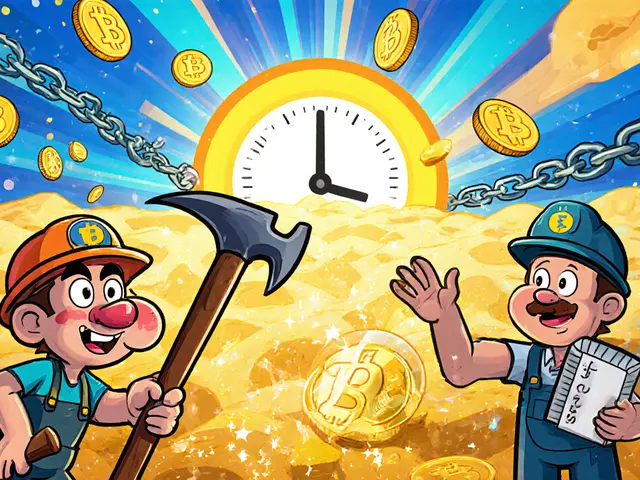
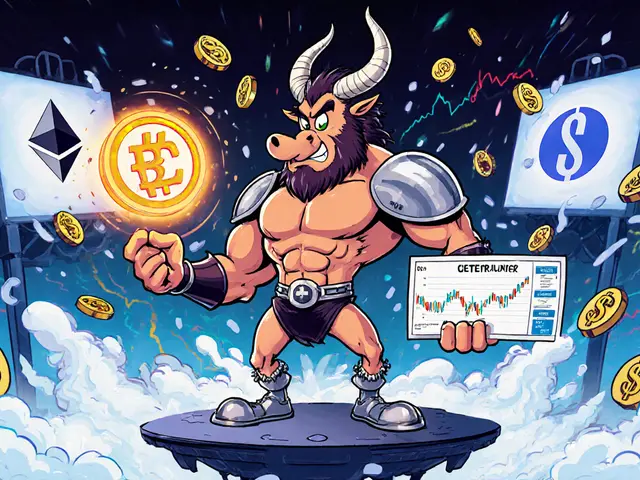
Categories